A Comprehensive Tutorial on Screen Mirroring MacBook
Screen mirroring is a powerful feature that allows you to wirelessly display the content from your MacBook onto a larger screen, such as a television or projector. This capability not only enhances your digital experience but also enables you to share presentations, videos, photos, and more with ease. In this article, we will explore the screen mirroring options available for MacBook users and guide you through the process.
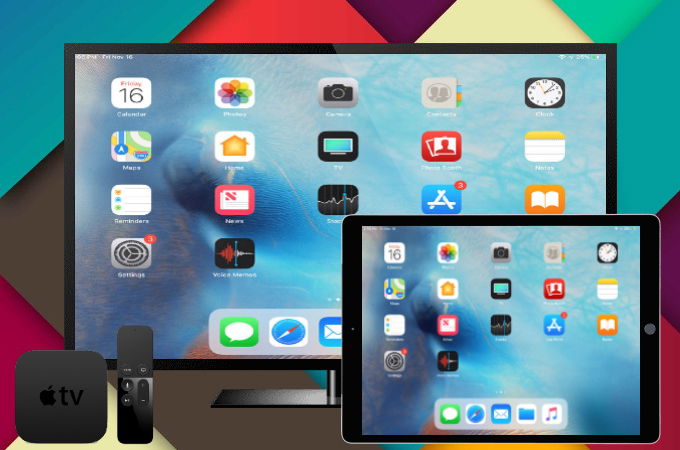
One of the most popular methods for screen mirroring on a MacBook is through AirPlay, Apple's proprietary wireless streaming technology. AirPlay enables seamless streaming and mirroring between Apple devices, making it an ideal choice for MacBook users. To use AirPlay, you need a compatible receiver device, such as an Apple TV or a smart TV with built-in AirPlay support.
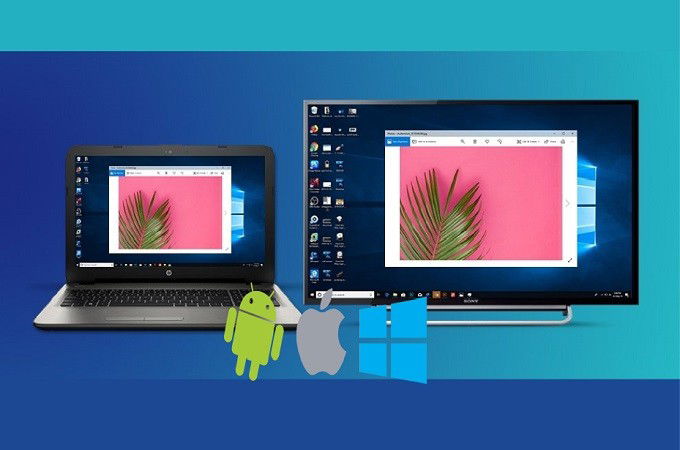
What is Scrcpy?
Scrcpy is a free and open-source tool that allows users to mirror and control an Android device from a desktop computer. Developed by Genymobile, scrcpy is available for Windows, Mac, and Linux operating systems.
Scrcpy provides a seamless way for users to interact with their Android devices on a larger screen and using a keyboard and mouse. It does not require any additional software to be installed on the Android device, making it an ideal solution for developers, gamers, and anyone who wants to showcase their Android device on a bigger screen.
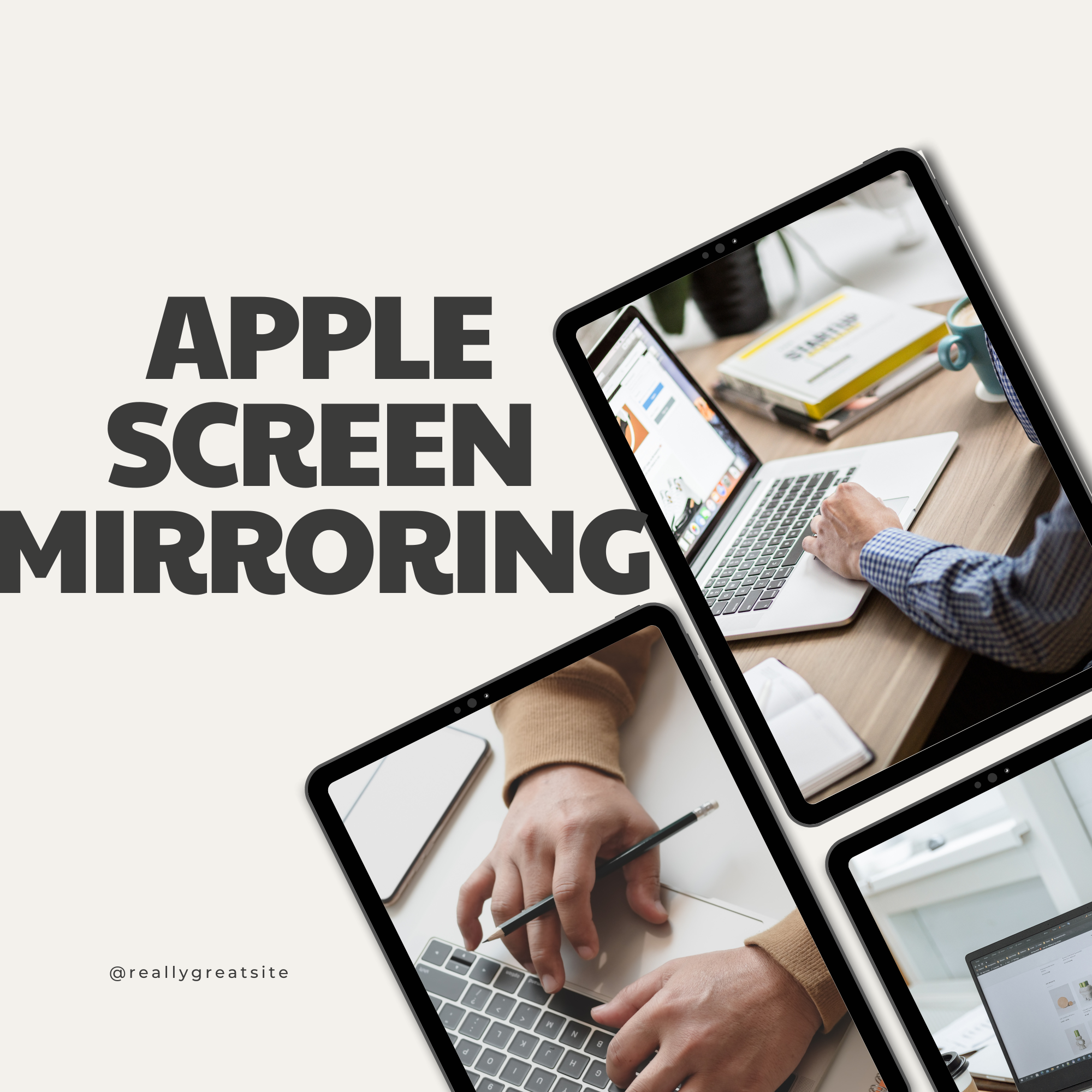
How to Download and Install?
Step 1:
Download and install the Scrcpy app on your Android or iOS device.
Step 2:
Download and install the Scrcpy software on your PC from the Scrcpy website.
Step 3:
Connect your Android or iOS device to your PC via Wi-Fi or USB cable.
Step 4:
Open the Scrcpy app on your Android or iOS device and click on "Scan to connect."
Step 5:
Scan the QR code displayed on your PC's screen.
Step 6:
Click on "Start Now" to start mirroring your Android or iOS device's screen to your PC.
How to Connect?
Setting up AirPlay mirroring on a MacBook is straightforward. First, ensure that both your MacBook and the receiver device are connected to the same Wi-Fi network. Then, on your MacBook, click on the AirPlay icon in the menu bar, usually represented by a rectangle with an arrow pointing into it.
A list of available AirPlay receivers will appear. Select the desired device, and within seconds, your MacBook's screen will be mirrored on the larger display.
Apart from AirPlay, there are other screen mirroring options available for MacBook users. One such option is using third-party applications like Reflector, AirServer, or Mirroring360.
These applications offer additional features and compatibility with a wide range of devices, including Windows PCs, Android devices, and more.
To use these third-party applications, you typically need to install the software on both your MacBook and the receiving device or devices. Once installed, launch the application and follow the on-screen instructions to establish a connection.
These applications often provide customizable settings, such as adjusting the screen resolution, optimizing performance, or even recording the mirrored screen.
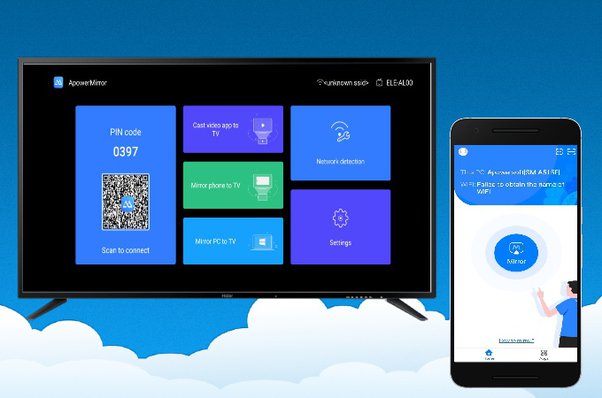
In addition to wireless screen mirroring, some MacBook models also offer the option for wired connections. For instance, you can connect your MacBook to an external display using an HDMI or VGA cable. This method provides a reliable and direct connection, ensuring minimal latency and a stable mirrored display.
To use a wired connection, simply connect one end of the cable to your MacBook's appropriate video output port (such as HDMI or Thunderbolt) and the other end to the corresponding input port on the external display.
Once connected, your MacBook's screen will be mirrored on the external display, allowing you to enjoy your content on a larger screen.
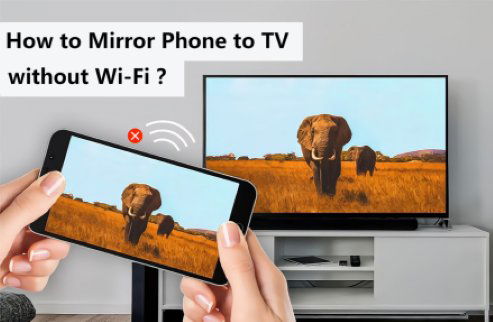
It's worth noting that screen mirroring capabilities may vary depending on the model and operating system version of your MacBook. Therefore, it's advisable to consult the user manual or the Apple support website for specific instructions and compatibility information for your device.
Conclusion
In conclusion, screen mirroring on a MacBook offers a convenient and versatile way to share and enjoy content on larger screens.
Whether you opt for wireless methods like AirPlay or third-party applications, or prefer the reliability of a wired connection, the ability to mirror your MacBook's screen opens up a world of possibilities for presentations, entertainment, and productivity.
Embrace the power of screen mirroring and elevate your digital experience to new heights.
